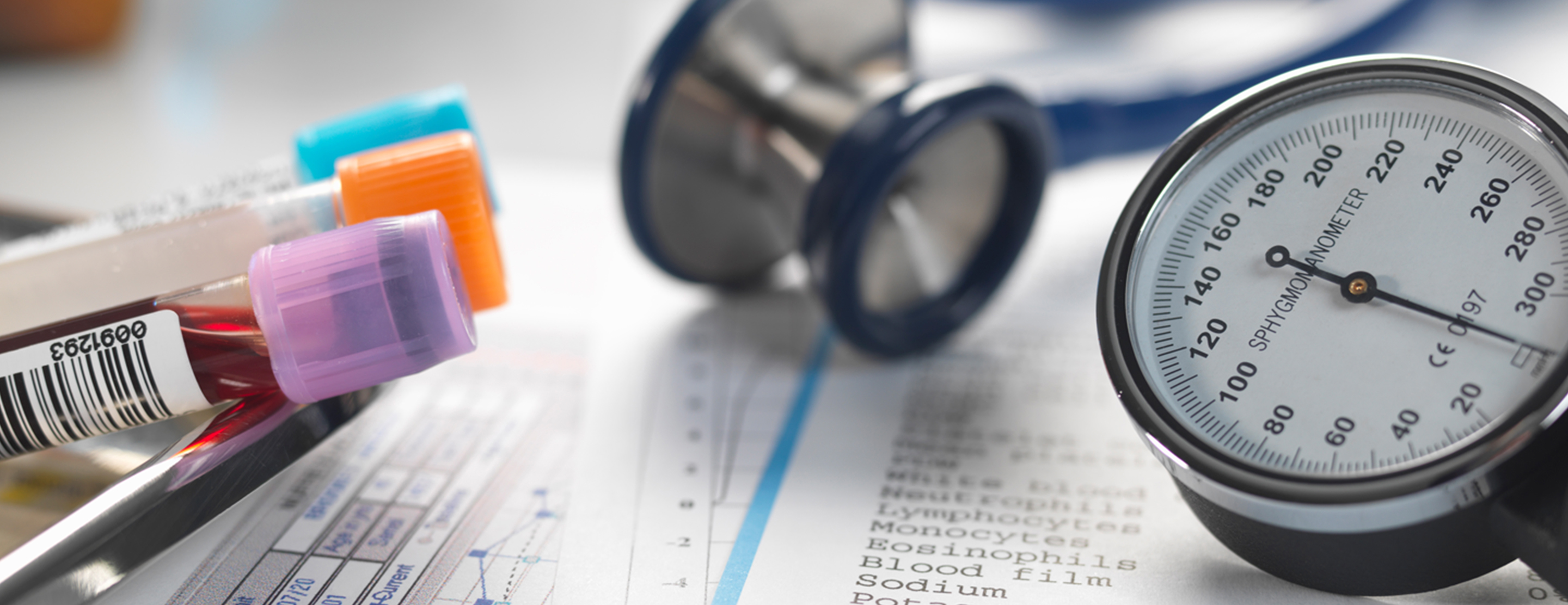
Lactic acid test
Definition
Lactic acid is mainly produced in muscle cells and red blood cells. It forms when the body breaks down carbohydrates to use for energy when oxygen levels are low. Times when your body's oxygen level might drop include:
- During intense exercise
- When you have an infection or disease
A test can be done to measure the amount of lactic acid in the blood.
Alternative Names
Lactate test
How the Test is Performed
A blood sample is needed. Most of the time blood is
How to Prepare for the Test
DO NOT exercise for several hours before the test. Exercise can cause a temporary increase in lactic acid levels.
How the Test will Feel
You may feel slight pain or a sting when the needle is inserted. You may also feel some throbbing at the site after the blood is drawn.
Why the Test is Performed
This test is most often done to diagnose
Normal Results
Normal results range from 4.5 to 19.8 milligrams per deciliter (mg/dL) (0.5 to 2.2 millimoles per liter [mmol/L]).
Normal value ranges may vary slightly among different laboratories. Talk to your provider about the meaning of your specific test results.
The examples above show the common measurements for results for these tests. Some laboratories use different measurements or may test different specimens.
What Abnormal Results Mean
Abnormal results mean that body tissues are not getting enough oxygen.
Conditions that can increase lactic acid levels include:
Heart failure - Liver disease
- Lung disease
- Not enough blood containing oxygen getting to a certain area of the body
- Severe infection that affects the entire body (
sepsis ) - Very low levels of oxygen in the blood (hypoxia)
Considerations
Clenching the fist or having the elastic band in place for a long time while having blood drawn can result in a false increase in lactic acid level.
References
Odom SR, Talmor D. What is the meaning of a high lactate? What are the implications of lactic acidosis? In: Deutschman CS, Neligan PJ, eds. Evidence-Based Practice of Critical Care. 2nd ed. Philadelphia, PA: Elsevier; 2016:chap 59.
Seifter JL. Acid-base disorders. In: Goldman L, Schafer AI, eds. Goldman-Cecil Medicine. 25th ed. Philadelphia, PA: Elsevier Saunders; 2016:chap 118.
Tallentire VR, MacMahon MJ. Acute medicine and critical illness. In: Ralston SH, Penman ID, Strachan MWJ, Hobson RP, eds. Davidson's Principles and Practice of Medicine. 23rd ed. Philadelphia, PA: Elsevier; 2018:chap 10.
Review Date: 04/29/2019
The information provided herein should not be used during any medical emergency or for the diagnosis or treatment of any medical condition. A licensed physician should be consulted for diagnosis and treatment of any and all medical conditions. Call 911 for all medical emergencies. Links to other sites are provided for information only -- they do not constitute endorsements of those other sites. Copyright ©2019 A.D.A.M., Inc., as modified by University of California San Francisco. Any duplication or distribution of the information contained herein is strictly prohibited.
Information developed by A.D.A.M., Inc. regarding tests and test results may not directly correspond with information provided by UCSF Health. Please discuss with your doctor any questions or concerns you may have.





